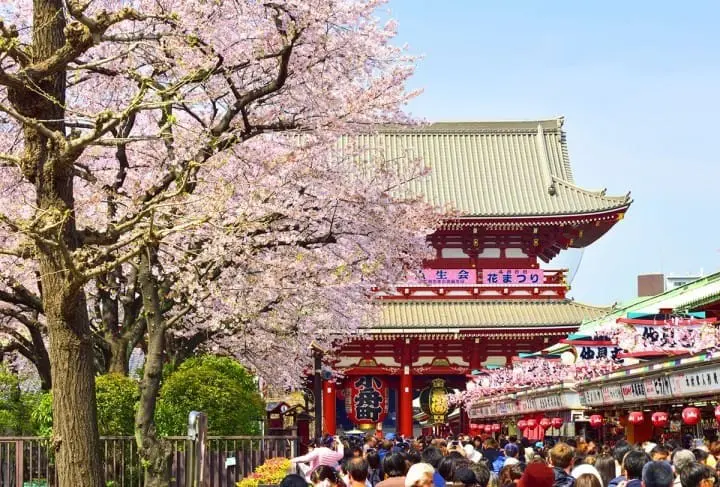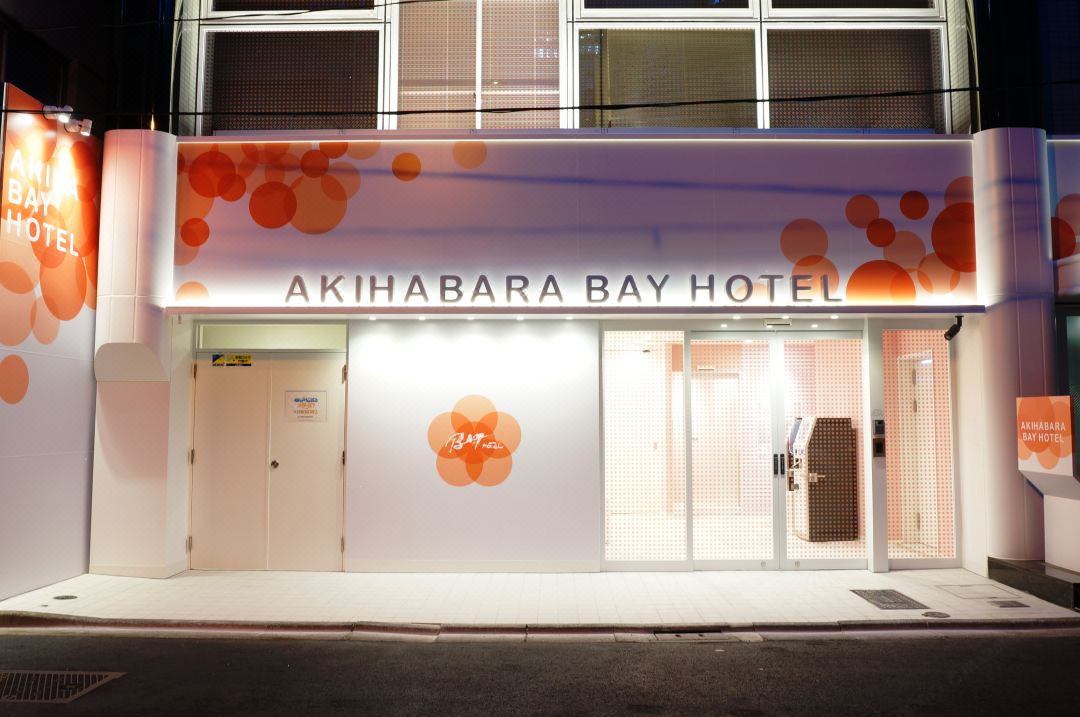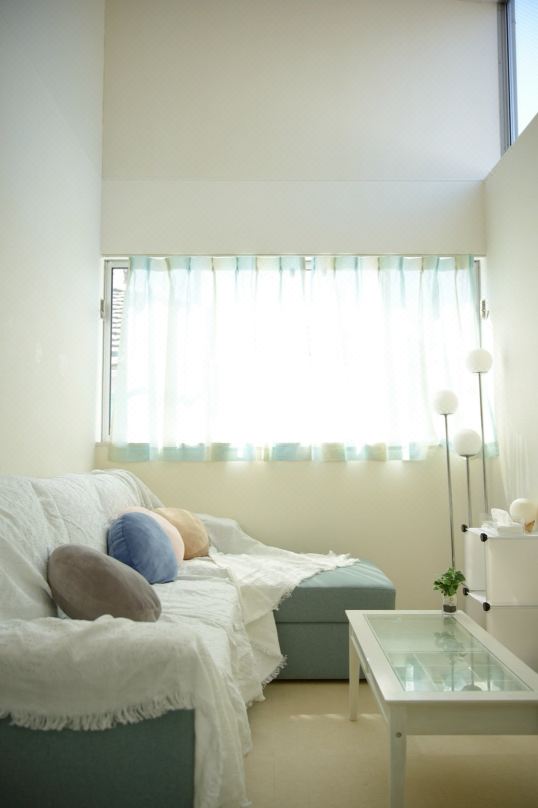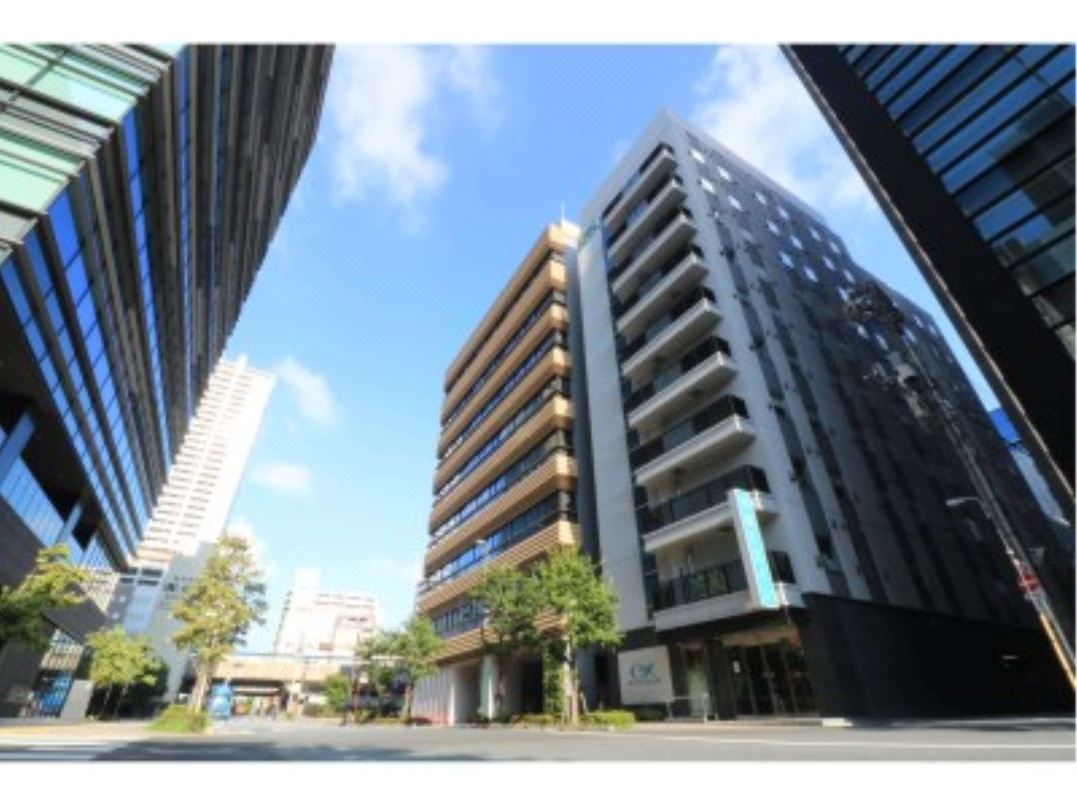Asakusa's Sensoji Temple: 10 Must-See Events in 2022

Sensoji Temple is a renowned sightseeing spot in Tokyo, with more than 40 events held throughout the year. We introduce ten events that you shouldn't miss if you're in the area at that time.
See Events Year-Round at Sensoji Temple

Picture from Sensoji Temple In Asakusa - A Complete Guide
Without a doubt, Sensoji Temple is one of the major sightseeing spots in Tokyo. But have you heard about the many events held throughout the year at this temple?
As unbelievable as it may sound, there are more than 40 events at Sensoji Temple. Luckily, we've managed to pick out 10 of the most impressive and interesting ones for you to enjoy year-round. Continue reading to learn more about when and what these events are, and what you can see.
1. January 1-7: Shinnen Daikito-e
If you wish to experience Sensoji during a special time, visit during the New Year’s holiday when Shinnen Daikito-e is held.
On New Year’s Eve, the temple is filled with the sound of the powerful ringing of the Joya no Kane (a bell rung 108 times on New Year’s Eve). As the clock strikes 12 and rings in the New Year on January 1, visitors around the main building of the temple simultaneously put their hands together in prayer to Buddha.
One of Japan’s highly practiced traditions is hatsumode—the first visit to a shrine or temple in the new year when people pray for good fortune. It isn’t that difficult to imagine how busy Sensoji’s Sando (the pathway to a shrine or a temple) becomes during this time. Upon ushering in the new year, it is overflowing with visitors for a duration of one week.
2. January 12-18: Onzahihodarani-e
Onzahihodarani-e is a large-scale praying ritual held at the main building of the temple from January 12 at 6:00 to January 18 at 18:00. What makes this seven-day interval—a total of 168 hours to be exact—fascinating is the fact that chief monks continuously read Buddhist sutras regardless of the time of the day, rotating their reading shifts each hour.
Visitors are allowed to enter and listen to only one prayer held on the last day of the event (January 18) starting from 17:00. This ritual is called "Mohja-okuri" (sending off the dead) and its most notable tradition involves a “demon” walking around the temple grounds with a torch, bringing light to the pitch-black temple.
3. February 3: Setsubun-e (Bean Tossing Festival)
While Setsubun celebrates both the passing and beginning of seasons, it is also an significant day for warding off misfortune. On the day before spring (the first day of spring is usually around February 4), two events take place at Sensoji: mame maki (tossing beans to scare off demons) and Shichifukujin no Mai (Dance of the Seven Lucky Gods), which is shown at two intervals (12:00 and 14:00, respectively).
Many recognize Setsubun for its peculiar ritual of throwing beans at “demons” to extinguish them. What makes it even more memorable is the chant that can be heard during this ritual: "Oni wa soto, fuku wa uchi!,” or "Demons outside, good fortune inside!”
That being said, the chant at Sensoji is slightly different because it is believed that demons don’t appear in front of the Bodhisattva (Kannon, the Goddess of Mercy). Here, you'll recite, "Senshubanzai (eternity), fuku wa uchi!"
4. March 18: Honzonjigen-e and Kinryu no Mai (The Golden Dragon Dance)
Hozonjigen-e on March 18 is held in honor of the different manifestations (*2) of the deity Gohonzon (*1) of Sensoji, Aryavalokitesvara. Starting at 14:00, a golden dragon dances its way through the temple during the celebration.
*1 Honzon: the main deity (a Buddha or a Bodhisattva) enshrined at a temple.
*2 A deity changing their appearance in order to save humanity.
5. April 8: Bussho-e (Buddha's Birthday) and Hana Matsuri
Hana Matsuri, or Flower Festival, is held on April 8 at 10:00 at the main building of the temple. It is a celebration of Buddha’s birthday. During this festival, it is customary to pour amacha (sweet hydrangea tea) over the Buddha’s statue installed at the hanamido (an altar usually decorated with flowers).
The event brings joy and precious memories to the participants, such as tasting hydrangea tea for the first time and taking home fresh flowers distributed on the premises as a memento.
6. May 5: Takara no Mai
May 5 is widely known as Children’s Day in Japan. On this date, Sensoji Temple has a lovely celebration of its own—the children attending Sensoji Kindergarten become the protagonists of the celebration, parading across the grounds while pulling a "takarabune," or treasure ship.
The children's lovely costumes, designed as fishermen from the Asuka Period (538-710), adds another layer of festivity to the event.
7. June 18: Yojijosuikaji-e and Hyakumikuyo-e
Yojijosuikaji-e and Hyakumikuyo-e are two festivities that give worshippers the opportunity to pray for good health and express their gratitude to the Bodhisattva and Buddha.
One of the festival's main rituals is the holy water purification when a drop of purified water is poured on top of a worshiper’s head from a toothpick-pierced bottle. If you apply in advance, you can also receive some kago kumotsu, or offerings (sweets and snacks) made to the Bodhisattva or Buddha.
8. July 9-10: Shimanrokusennichi/Hozuki-ichi
July 9 and 10 are special dates for Buddhist followers because it is believed that one can receive a 46,000-day's worth of kudoku (*3). Therefore, there is a fair called Hozuki-ichi at Sensoji’s main building held on these auspicious dates.
Hozuki, or Chinese lantern plant, was a popular medicine used in the olden times. The temple grounds are bustling with excitement as approximately 120 vendor stalls color the area in a cheery, orange shade.
*3 Kudoku: fortune, good deed, and reward. It can also refer to the blessing that leads to a reward.
9. October 18: Kikukuyo-e
Sensoji’s Kikukuyo-e Festival is a 120-year-long tradition with a custom of bringing chrysanthemums (or "kiku" in Japanese) to the temple to have it exchanged with one that has already been offered to the deceased. It is believed that you should dry the exchanged chrysanthemum in the shade and then place it under one’s pillow so that it brings good fortune.
10. December 17-19: Osame no Kannon Goennichi
Osame no Kannon no Goennichi holds a special place in people’s hearts as an ennichi (outdoor stalls near temples and shrines) celebrated at the end of the year.
Furthermore, on December 17, 18, and 19, an event called Hagoita-ichi takes place, too. During this time, you can purchase a hagoita (*4), a New Year’s auspicious item.
All of the hagoitas lined up at the market owe their charm to the embellishment of gorgeous ornaments. Wouldn’t it be wonderful to spend the end of the year surrounded by these colorful, eye-catching wooden paddles with your family and friends?
*4 Hagoita: a wooden racket used to play hanetsuki, a game that resembles badminton.
Enjoy the Festivals at Sensoji Temple!
The year-round events held at Sensoji Temple are a must-visit for those interested in learning more about the religious and traditional culture of Japan. Be sure to visit Sensoji on these days to experience a new and exciting atmosphere at the temple.
Hotels near Sensoji Temple
Read also
*This is an updated version of an article published on July 3, 2015.
This is the official account of MATCHA's editorial department. Our articles feature useful travel information for visitors to Japan, from how-to guides to recommended places to visit.













































![[Coupon Available] Attention Overseas Winter Sports Fans! Nagano's Sports Depot Has Evolved](https://resources.matcha-jp.com/resize/720x2000/2026/01/05-254819.webp)
![[2 hours from Tokyo ] 10 Quiet and Breathtaking Views of Mount Fuji in Yamanashi Hokuto City , Yamanashi - Part 2](https://resources.matcha-jp.com/resize/720x2000/2025/12/16-253037.webp)

![[Reopening in March 2026] Ikoma Sanjo Amusement Park Park, 45 minutes from Osaka , with free admission](https://resources.matcha-jp.com/resize/720x2000/2024/08/28-194409.webp)